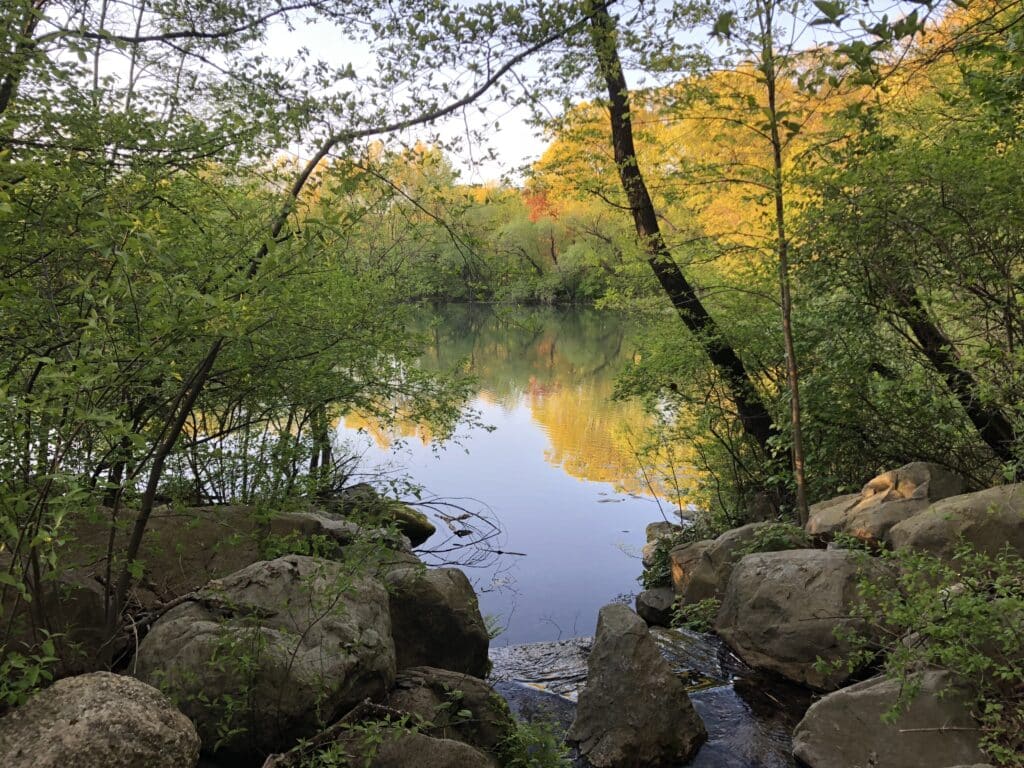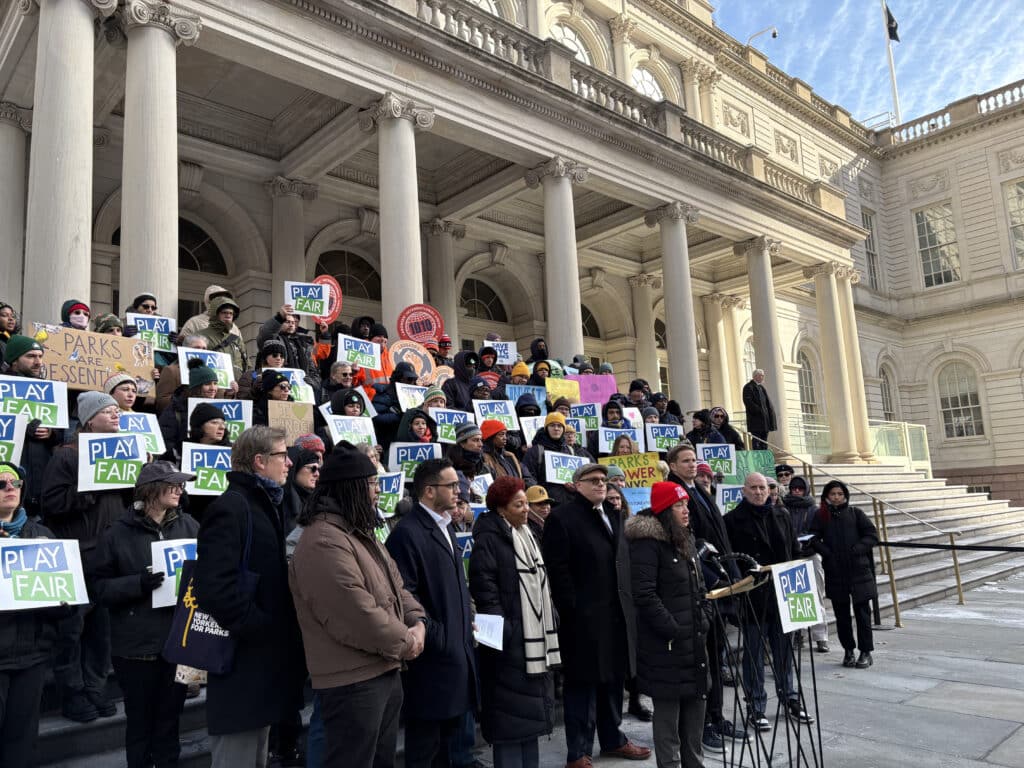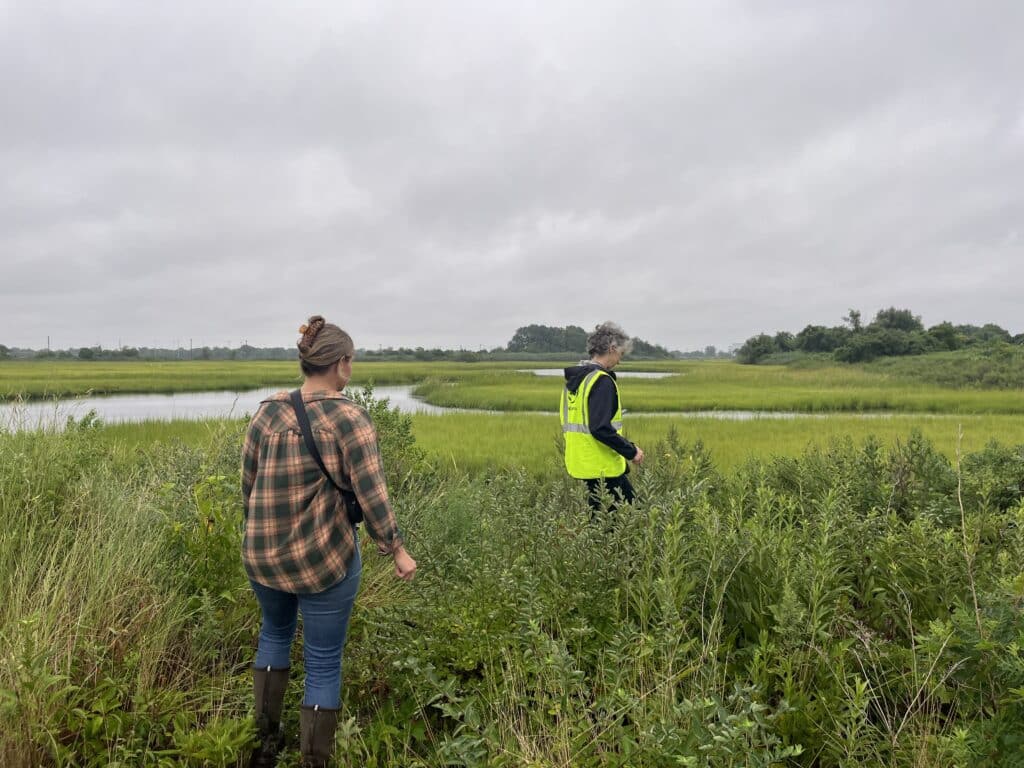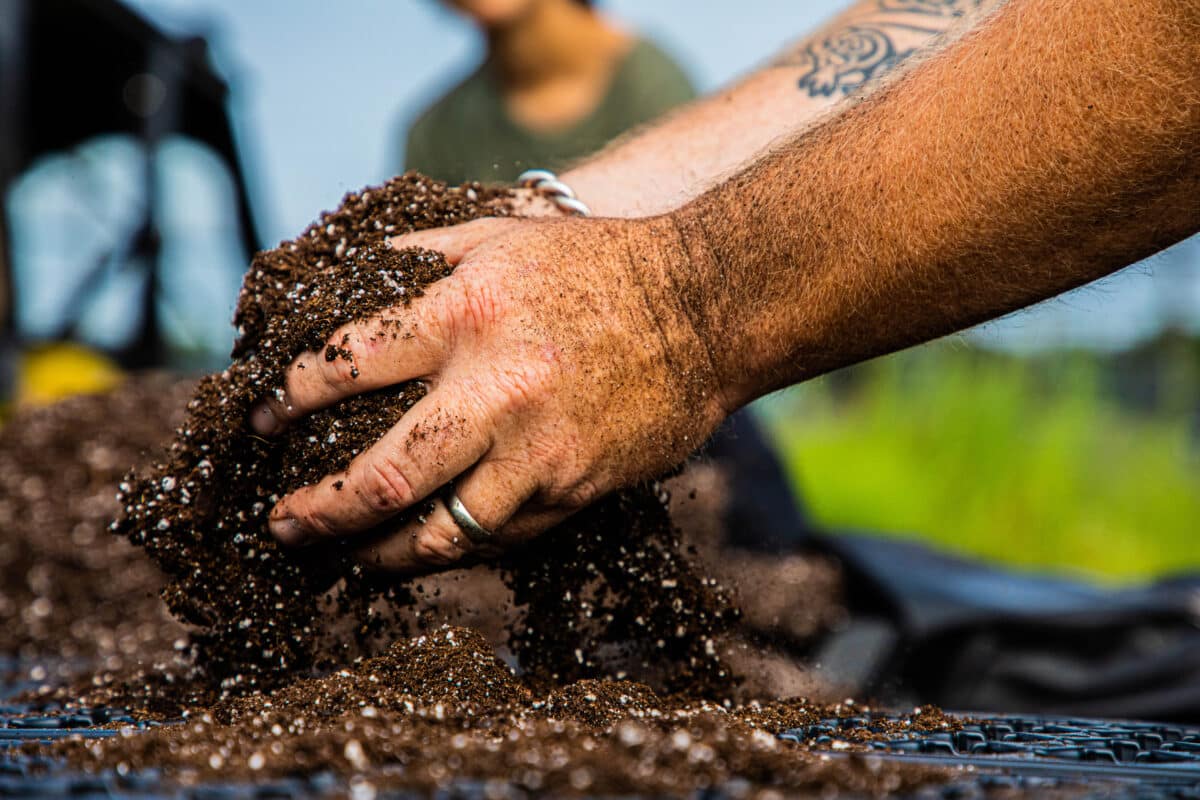Urban Forestry and Urban Greening: “Associations Between Recent Land Use History and Urban Forest Composition.” November, 2023.
By Clara C. Pregitzer, Mark A. Bradford
By Clara C. Pregitzer, Mark A. Bradford
More than half of the world’s population lives in urban areas. Sustaining healthy urban forests is increasingly relevant to this population given the wide range of economic, ecological, and social benefits that urban forests provide. Yet forests in cities grow in sites that are fragmented, with frequent disturbance, altered soils, and complex land use history, which can lead to the degradation of forest conditions and the benefits they provide. We measured forest composition and structure in 1124 plots across 53 parks in New York City’s (NYC) 2,497-ha natural area forests and uplands. To better understand the factors responsible for their current condition, we documented historical land use in each plot using aerial imagery going back 90 years, quantified edge effects using remote sensing, and field-measured contemporary disturbances, soil characteristics and light. In the last 90 years, the majority of contemporary natural areas in NYC have recolonized from farmland, built, landscaped lawn, and open field cover-types to forests (from a mean of 37% to 76% forest cover). Areas previously documented as having human land use (e.g. arable agriculture), now have double the amount of invasive species cover compared to sites that were forested or natural areas in the last 90 years. Contemporary measures of forest edge, light, and soil pH have a stronger association with native species basal area, species richness, and invasive species cover, but have an additive effect with measures of historical land cover and local site-level disturbances. We find that a history of non-forest cover, in combination with high soil pH and edge adjacency, was associated with the most invaded contemporary forests. Overall, it appears that a non-forest land use history may be a precursor to altered environmental conditions, making it an important lens upon which to understand forest succession more broadly in complex human-dominated forests, like those in New York City.
Journal: Urban Forestry & Urban Greening
DOI: https://doi.org/10.1016/j.ufug.2023.128134
Read Article(this link opens in new window)
Urban stormwater management is a growing challenge in the face of climate change, especially in cities like New York with aging gray infrastructure and increasing impervious surfaces. This report, “Reducing Runoff: The Role of Urban Natural Areas in Stormwater Management,” presents a comprehensive analysis of how urban natural areas, including ...

Urban natural areas are crucial for enhancing city livability and environmental health but are often overlooked, underfunded, and missing formal protection, which leads to loss of ecological benefits, missed opportunities for community engagement and nature access, and overall loss of natural areas. Governance structures for urban forested natur...

In New York City, tidal wetlands are a critical part of coastal resiliency and provide numerous ecological and social benefits. State and federal wetlands mitigation regulations require that development resulting in wetland impacts offset those losses through wetland creation, restoration, and enhancement – with a ...
